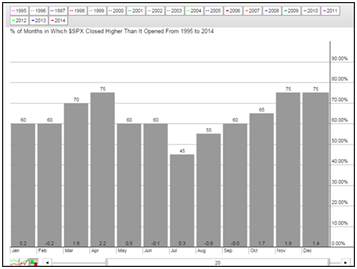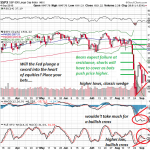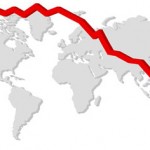Weird Trading Traditions

In a profession where every stone is unturned and traders spend hours evaluating every outcome it would seem odd that traditions and superstitions could be prevalent. Just like in any business, traders will go against the grain and sometimes their better judgement to avoid doing things that might generate losses due to historical traditions. Two such traditions are “Don’t Fight the Fed”, and “Sell in May and Go Away”.
Don’t Fight the Fed
This tradition has been around for decades. The Federal Reserve is the central bank in the United States and sets monetary policy by adjusting interest rates. The Fed will provide liquidity with normal cash flow (repurchase) operations as well as set the target interest rates where banks can borrow amongst themselves as well as from the Fed.
The term “Don’t fight the Fed” means that a trader should not take positions that are against the overall stance of the central bank. For example, if the Fed is in the process of easing (lowering) interest rates, a trader should avoid taking position where they will benefit if interest rates move higher. This might include selling bonds (which gain in value as interest rates move lower) or stocks (which are considered riskier assets and generally increase in value as interest rates move lower).
While the ebb and flow of the capital markets may create many situations where prices will move against the grain and in the opposite direction (a correction in prices) from which the Fed is moving, many believe that it is very unwise to take a stance where you are fighting the Federal Reserve.
Sell in May and Go Away
For years traders have thought that trading during the latter part of the spring and the summer is a futile effort. The seasonal patterns for many stock markets show that the best returns for stocks are from November to April, while the worst returns are generally experienced during the late spring and summer. The seasonal chart of the S&P 500 index over the past 20-years somewhat reflect this result. The S&P 500 index was higher 75% of the time in November, December and April and increased 70% of the time in March.
During the period May through September the large cap U.S. stock index was higher 60% of the time at its peak, and only 45% at its trough in July. The gains and losses during this period were subdued, but it shows that there is little historical movements during these periods, which might make attempting to trade during this time difficult. While every year will be different, there is some statistical significance
Trading is a business that requires robust analysis there are times when following some folklore might be helpful.
Find more: Contributing Authors






























